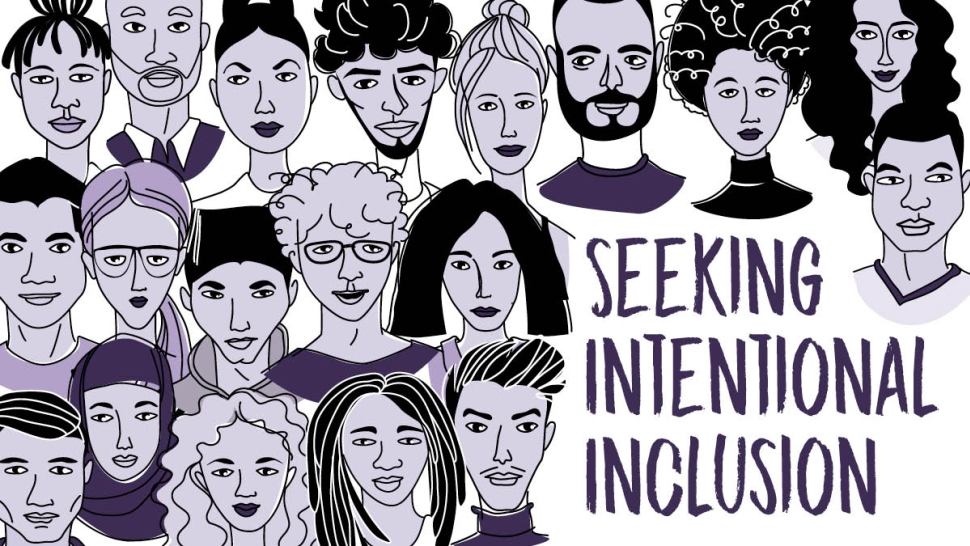
Though 151 years young, Trinity still has much to learn. As a community, we have begun important work to examine our history. And as we assess our past, we create steps to build a more inclusive future for Trinity.
We continue to learn and grow.
Reaching a Tipping Point
In the wake of the murder of George Floyd by a police officer, Trinity, like many other institutions of higher learning, reached a tipping point.
President Danny Anderson created a Diversity and Inclusion Task Force with the charge to produce a report by the end of August that would provide actionable recommendations to generate fundamental, sustained change in the areas of diversity, equity, and inclusion.
The role of this task force was to go beyond what was "comfortable," such as simply planning events and developing tactics. This core group of individuals—representative of faculty and staff—were selected specifically because they carry with them a variety of lenses with perspectives.
Alongside the task force, an advisory group composed of students (the Brain Trust) and faculty and staff (the Subject Matter Experts) provided insight and feedback to the task force as they developed recommendations.
Committed to individual growth as well as institutional growth, the task force underwent exercises to stretch its members' abilities to think globally, including a vision-planning exercise asking how they envision Trinity's culture in the next 5 to 15 years. The task force then formulated its recommendations, referencing insights from the advisory group and the Office of Institutional Research and Effectiveness as well as expertise from the consulting firm Stand by Systems II.
Task Force Recommendations
The Diversity and Inclusion Task Force report identified ways Trinity can respond to the call for racial justice in our country, guide us in looking inward as a predominately white university, and make use of our institutional privilege to better serve our community through diversity, equity, and inclusion. The resulting report offers 29 recommendations to examine current systems, keep what is working, and make changes where improvement is needed. This report serves as a guidepost for creating a more intentionally inclusive community.
Some of the immediate steps Trinity has taken include:
- Conducting an external review of Student Affairs and Academic Affairs. The holistic student experience depends on the full integration of these two administrative units and cannot be achieved in silos.
- Conducting an audit of Trinity's administrative structure to examine the number of direct reports to the president, evaluate the portfolios of vice presidents and chief administrative officers, and benchmark the staffing of a chief diversity officer against peer institutions of similar size and operating budgets. This step creates the opportunity to establish a chief diversity officer who would report to the president.
As a community, we are facing both familiar and unprecedented challenges. In Trinity's case, a century and a half of history will not be changed overnight with simplistic silver bullets. The University must reflect and acknowledge its past while owning its responsibility of marching toward an inclusive future.
True to its roots, Trinity will act with resilience, humility, and community as we become stewards of this future we envision.
Follow progress at Trinity's Intentional Inclusion website.


